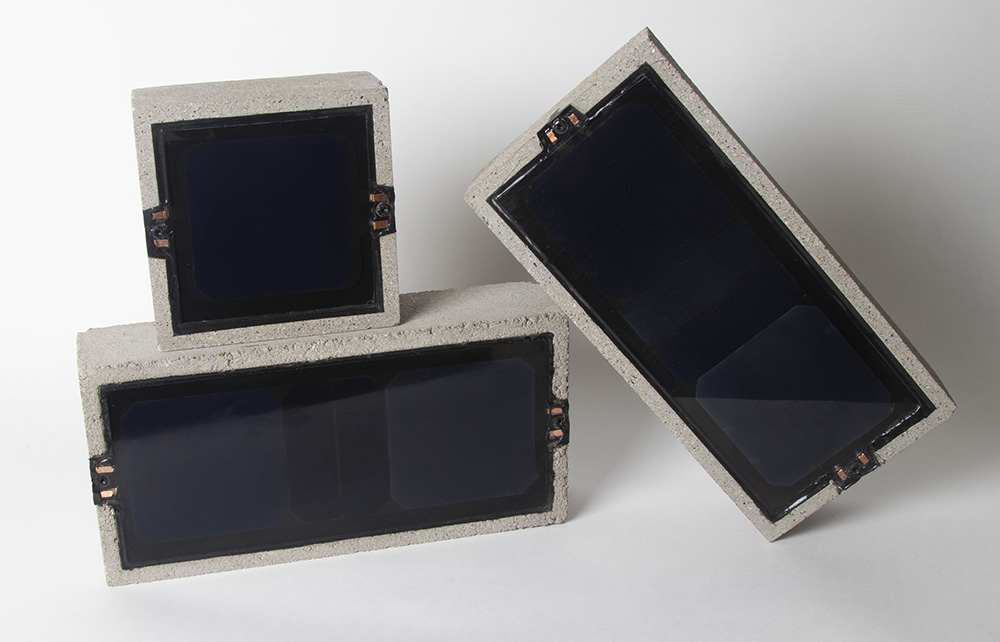News:
Green Buildings
Posted: June 23, 2011
Craig Huntley - Solar - It Really Is Different This Time
When I speak with building owners about solar it is not uncommon to hear," I looked at Solar a few years ago and it just didn't make economic sense". That may well have been accurate then; however things have changed. Government incentives at the federal and state level have meaningfully improved the economics of going solar. Additionally, a worldwide increase in the manufacturing capacity of solar panels has reduced panel costs to a point that, when coupled with the governmental incentive, solar has never been more attractive.
The federal tax benefits available through the end of 2011 are significant. Under Section 1603 of the Internal Revenue Code (which is scheduled to end on December 31, 2011), qualified property owners may convert the existing 30% investment tax credit (ITC) to a grant. Subject to certain qualifying criteria, and upon completion and commissioning of the solar project, the 30% ITC will be converted into cash and made available to reduce the cost of installation. Additionally, for projects placed in service after September 8, 2010 and before January 1, 2012, there is 100% bonus depreciation of the qualifying tax basis for the project. Clearly, the federal government is trying to incent the development of renewable energy.
Not to be outdone by the federal government, the state of Massachusetts, specifically the Green Communities Act of 2008, mandates the installation of 400 MW of solar generating capacity by 2020. In order to incent and subsidize private solar development a Renewable Portfolio Standard (RPS) was established creating units of solar production called Solar Renewable Energy Certificates (SREC) [1 SREC = 1000 kW/hrs of production]. SREC's are generated by grid tied solar systems and available for utilities to purchase in order to satisfy their renewable production goals. While SREC's have a current value capped at $550 with a floor of $300, experience in other SREC states has shown that the highest SREC values occur during the early years of the program. Therefore, early adopters will likely generate the highest value for SREC's derived from their solar array.
Finally, materials have continued to decline in cost. Panels which are a significant portion of project costs have declined in the past few years by as much as 40% due to the increase in the world manufacturing capacity.
The bottom line is that in Massachusetts, the federal incentives plus the state incentives plus attractive panel pricing has created a financial environment around solar that "really is different this time".
Craig Huntley is a principal with Solect Energy Development, LLC. Hopkinton, Mass.
Tags:
Green Buildings
MORE FROM Green Buildings
Bridgeport implements energy efficiency plan with utility partners and regional business council
Bridgeport, CT The flurry of economic development and urban revitalization across the city has cultivated a renewed interest in updating municipal, residential and commercial properties to be more efficient and sustainable. Since 2018, city officials have partnered

Quick Hits







.png)
